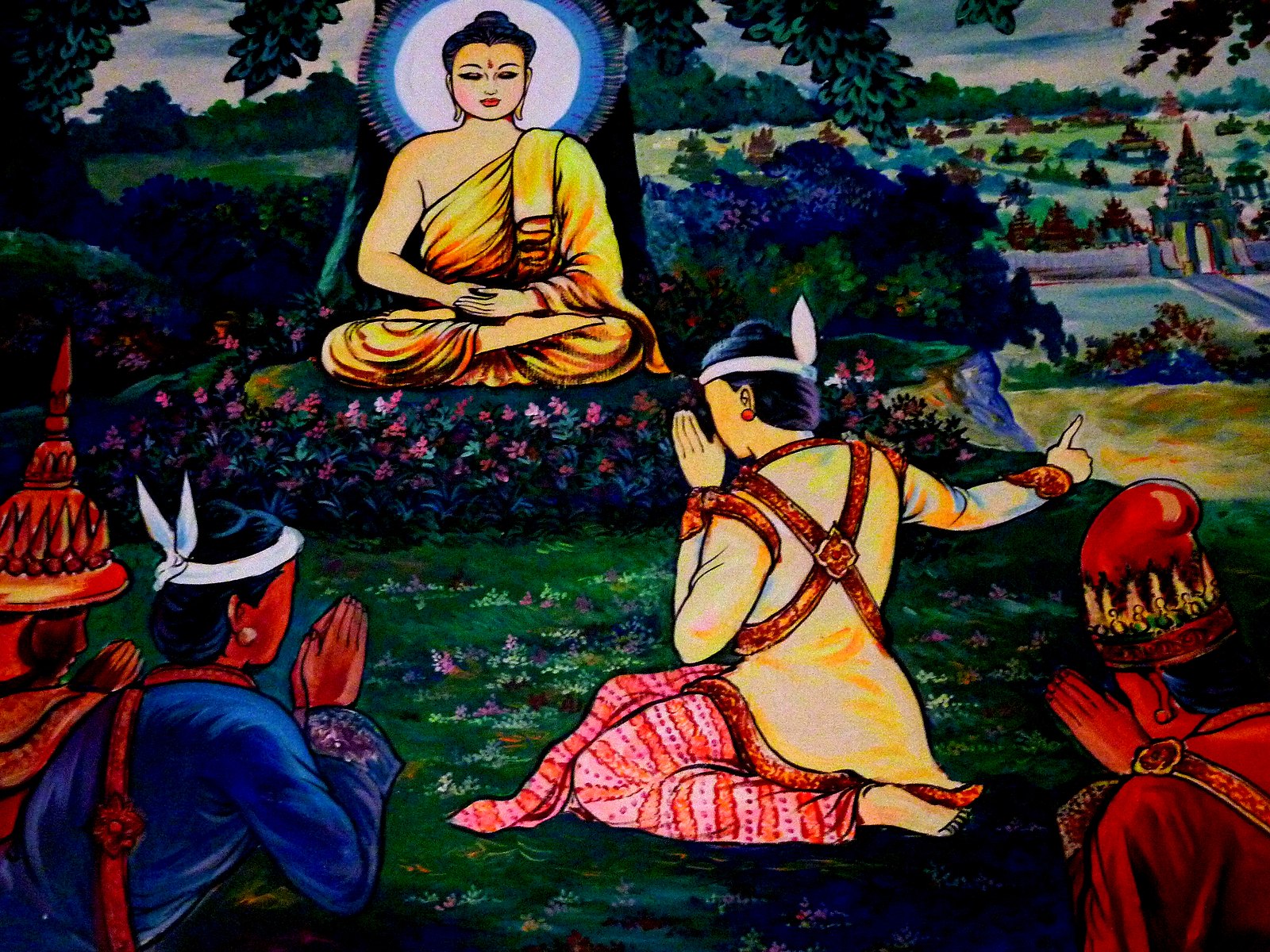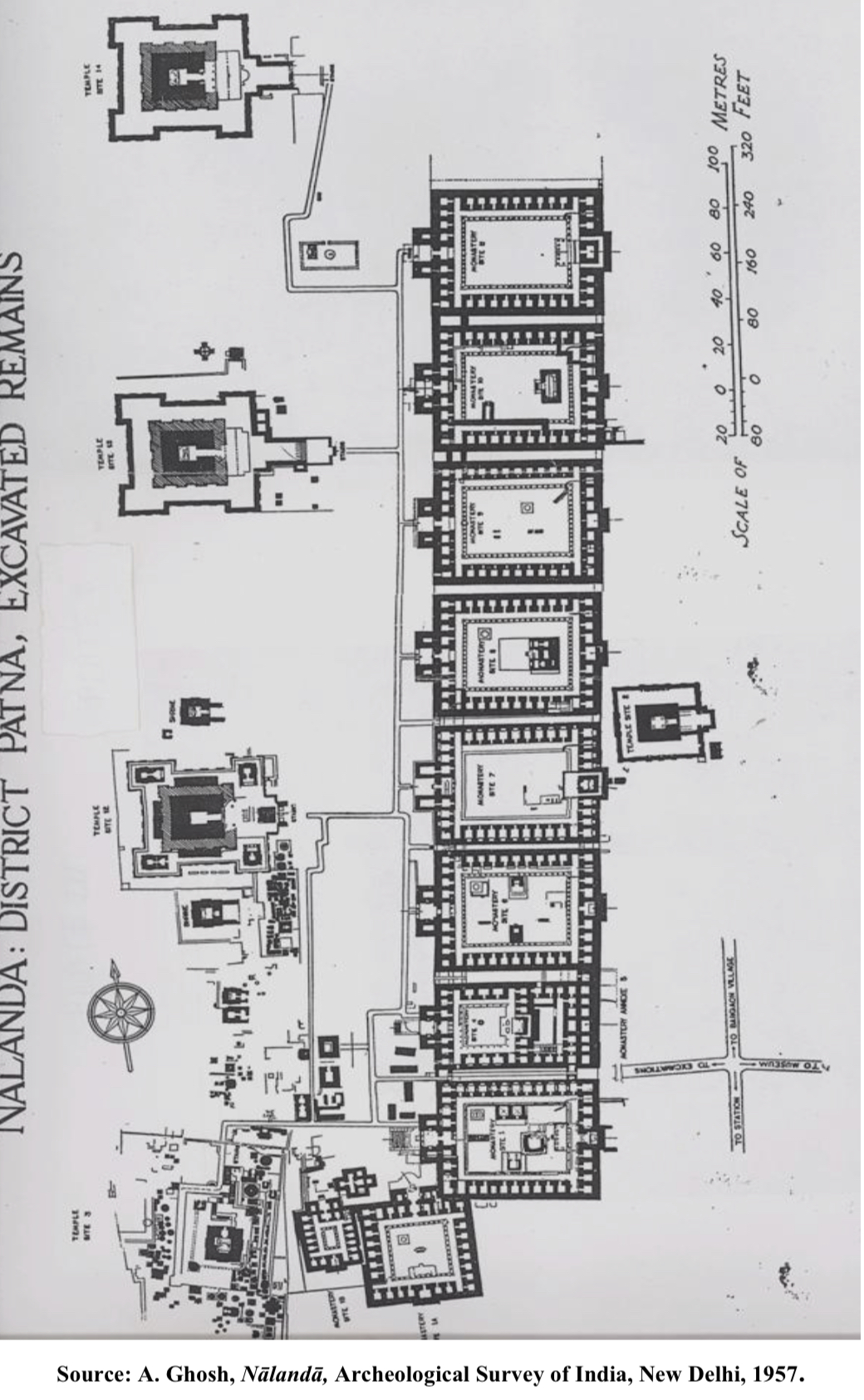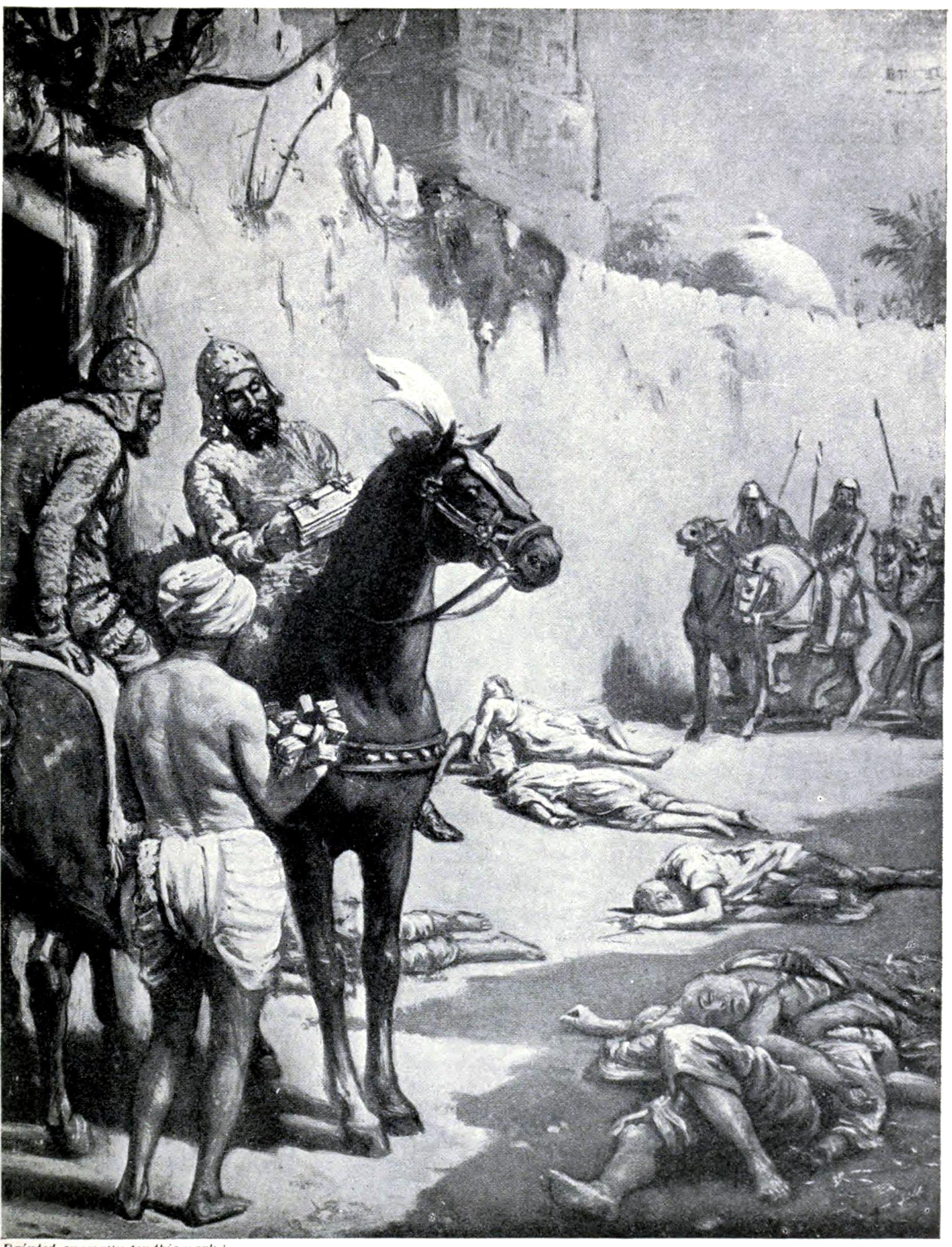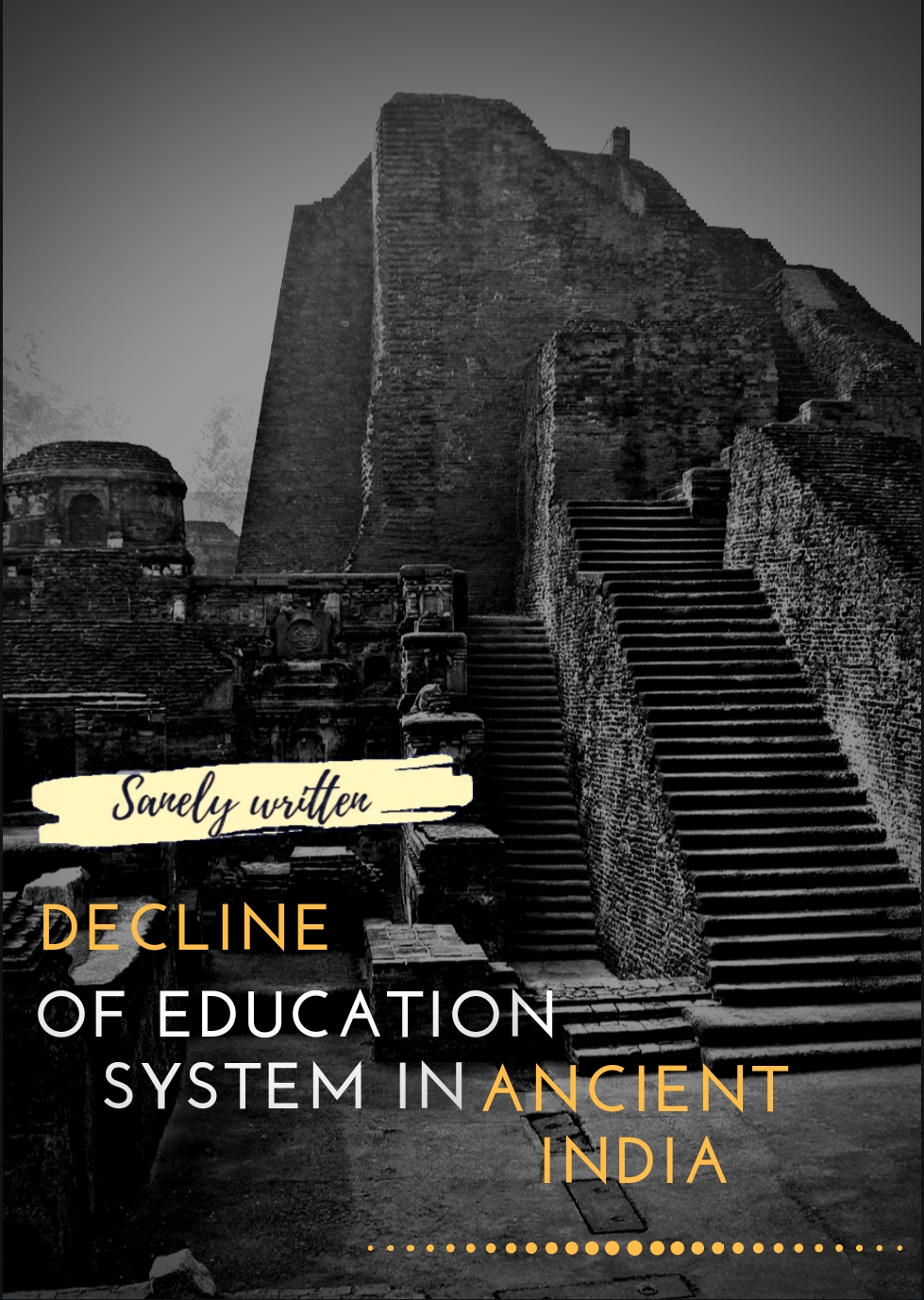बुद्धं शरणं गच्छामि।
धर्मम शरणं गच्छामि।
संघं शरणं गच्छामि।।
“शरणं” means to take refuge. But you have to face persecution in order to seek refuge. So, why did the Three Jewels which has a sacred place in Buddhism mentions of refuge? The seed of Buddhism was planted, nourished and grown under the beacon of light of Hinduism. It will occur to a common mind that perhaps the culprit was Hinduism and its teachings that forced the free minded Buddhists to seek refuge in the feet of Gautam Buddha. But if that common mind will dare to dive into some more depth, it will be obvious that Hinduism was as innocent as it has always been. In fact, the teachings of Buddhism was welcomed to such an extent that in the Hindu texts we have an extension of the Three Jewels.
सत्यम शरणं गच्छामि ।
अहिंसा शरणं गच्छामि ।
योगं शरणं गच्छामि ।
एकम् शरणं गच्छामि ।।
There was no persecution but an air of persecution, carefully created by Gautam Buddha to carry out his missionary ambitions to convert Hindu population that was adhering to the Vedic culture of education in Sanskrit into a Buddhist mob who knew Pali, a language of mediocre minds. The stage was set, Hinduism and its eminent system of education was set on a course of its demise and the final nail in the coffin was the Islamic invasion. In this blog we will try to provide a chronological description of the decline of education system in ancient India.
The Onset of Decline :-
In the 6th century B.C, the world saw Siddhartha becoming Buddha ( A story that you might have heard many times). The Buddha at first did not like to preach his new doctrine to people because he thought that the people would not understand and accept it. But he changed his mind and once he did, there was no stopping him. The list is very long but at least an attempt to get a gist of it will not take much time.

Source : https://commons.wikimedia.org/wiki/File:047_King_Bimbisara_Donates_His_Kingdom_(9014321892).jpg
The Haryanka Dynasty– Bimbisara who was regarded as the real founder of Magadha was contemporary of Buddha. Buddha came to his kingdom and gave a discourse on Buddhist Jataka. This made Bimbisara a patron of Buddha. Buddha asked the king to invite all his superintendents of 80,000 villages to meet him. Soon after this incident, conversion began in Magadha.
The Kosalan Dynasty- Mahakosala was the king of Kosala( Modern Oudh), another contemporary of Buddha( His son Pasenadi too). He conquered Kasi and Nepalese tarai. The Buddhist texts refer to king Pasenadi’s important role for the advancement of Buddhism in his kingdom. He supported Buddha in his missionary activities and took keen interest for the prosperity of Buddhism in his kingdom.
The Avanti Dynasty- Canda Pajj (Mahasena) also lived around the time of Buddha. He was the king of Avanti and Ujjaini was his capital. During his time, Avanti became famous centre of Buddhism and the king himself became a follower of Buddhism. He offered valuable gifts to those who converted to Buddhism.
The Vatsa Dynasty- King Parantapa was the king of Vatsa, whose capital was Kausambi(Modern day Prayagraj). He showed his keen interest in Buddhism and invited many monks for meals in his palace. Popular legend says that he was forced to do so because his queen Samavati was a follower of Buddhism.
Gandhar- Pukkusati was the ruler of Gandhar which corresponded roughly to the modern districts of Peshawar (Purushapur), Rawalpindi and Kashmir. He established friendly relations with Bimbisara. Thus, a closed cultural tie began to start existing between him and Buddha. He began sending ambassadors with valuable gifts such as golden plate which had the description of the Three Jewels to Buddha.
The Sakyas- They claim they descend from the family of King Iksvaku( Descendent of whom was Lord Rama). Kapilavatthu was their capital. They were Kshatriyas but after receiving the news of Mahaparinirvana (Death) of Buddha, they demanded a share of his relics and requested with these words, “Bhagava amhakam natisettho” which means “The blessed one was the chief of our kinsmen.” Imagine a Kshatriya claiming a Buddhist to be his own kin. Such was the impact of Buddhism that even the lineage of Lord Rama became followers of Buddhism.
The idea here, was not about propagating the philosophy of Buddhism but the ill reforms that followed. Sanskrit was replaced with Pali, Gurukul system was condemned and those who did not have faith in Buddhism were treated as second rate citizens. As said by Buddha himself, “Three things cannot be long hidden, the Sun, the Moon and the Truth”, the truth and the teachings of Hinduism eventually came out of the shadows of Buddhism. If not for the efforts of Adiguru Shankaracharya, who ventured around the subcontinent, challenged the most elite Buddhist monk of the Nagaras for debate, won over them to return to Hinduism like the prodigal sons, there is a high probability that the subcontinent would have been a Buddhist state until date.
Unlike Buddhism, Hinduism did not oust Buddhism out of the subcontinent, nor were their teachings deemed null and void. Instead, it was allowed to flourish and its teachings seeped through the crevices of Hinduism. The saga of the best of the teachings of both Hinduism and Buddhism were the pillars of success of the educational institutes like Nalanda, Vikramshila, Taxila etc.
Tranquility before chaos :
Nalanda was established (officially recognised) during the early 5th century A.D. ( A century before Buddhism came into existence). Yet, in the 6th century A.D. it became a popular seat of Buddhist learning but it always maintained its liberal and secular culture. Same was with Taxila from which the roots of institutionalisation of early education can be traced. It wasn’t just a centre for higher and vocational learning but an enlarged form of Gurukula. The Buddhist religion and philosophy was intimately connected to Nalanda and Taxila from its origin to decline. In other words, a religion which challenged another religion was now being nurtured by the latter. In fact, if it weren’t for Nalanda that sent monks beyond Himalayas, there would have been no Chinese telling us today that they are the followers of Buddhism.

Final Nail in the Coffin:-
According to the Census 2011, the Muslim population in India is around 14.2%, but their influence on Indian society is much stronger. The main reason is that there were many different Muslim rulers in different parts of India. The first spreaders of Islam in India were traders or preachers who arrived in India from Bukhara, Turkey, Iran, Yemen and Saudi Arabia. The process of converting Indians to Islam began in 8th Century when the Arabs began invading North India and present day Pakistan. Most of these invaders were Islamic fanatics. During their term, the non-Muslims suffered a lot. Many worshiping sites of different religion were destroyed and transformed into mosques. Most of the Indian Muslims trace their origin from the lower castes of the Hindu societies because they were the most brutally exploited and had to covert to avoid the sufferings of paying heavy taxes. The Jamat (The group of Sufia-E-karam) took keen interest to preach the teachings of Islam.
The sharp contrast between the spread of Buddhism and the spread of Islam was that Buddhism being born from Hinduism, never tried to eradicate the teachings of Hinduism whereas Islam, an independently developed religion was keen on tearing the fabric of Hinduism and trying to mock the profound teachings of the Vedas. The result of years of invasion, annexation and offence against the Hindus led to the deterioration of education system of ancient India. The Gurukul system was highly decentralised. There was no centre of learning in each Nagaras to which protection could be provided. Few places where it was so, were destroyed by the Muslims. The parts of Nalanda were destroyed by fire since heaps of ashes and charcoal were found at the excavation sites between 1197 and 1206 A.D. Nalanda suffered gravely during the conquest of Bihar by the Muslim general Muhammad Bhakhtiyar Khalji, a sell sword who rose from being a slave to being a general who put to an end the epitome of knowledge ever created. Such is the irony that modern day Nalanda district has Bakhtiyarpur within range of few kilometres.

SOURCE : Wikimedia
Reference/s :
- The Rise and Decline of Buddhism in Indian, Kanai Lal Hazra
- The Wonder that was India, A.L. Basham
- A case study of Nalanda Mahavihara, A.K. Warder
- Spread of Islam in India, Prof. Arnold Toyanbee




2 replies on “Decline of Education System in ancient India”
This is really good stuff
We should invest time in reading such things instead of some random shit.
Equal Education policy needed for India:
If English medium education is better in India then why not translate all English curriculum and Sanskrit literature in regional languages and provide equal education/information to all? Don’t people read PM’s Mann kī Bāt in all regional languages on websites? Don’t they teach the Bible in all Indian languages? Sanskrit scholars provide Vedic knowledge to westerners in English via translation and transliteration but not the same way to fellow Indians who protect languages and culture in Indic scripts.Gujarat has given great political leaders as well as simple script to the nation and yet Hindi is taught in a complex printing ink wasting script despite it’s simplification into Gujanāgari script.
If pundits were happy with the complex printing ink-wasting Devanagari script they may not have created various scripts under different rulers for vernacular languages to divide the country. Nowadays Devanagari Lipi Parishad prefers a single Devanagari script despite it’s simplification into Gujanāgarī script for all Indian languages to slowly eliminate vernacular scripts the way they did with Maharashtra’s MODI script.
Westerners learn Sanskrit in English via translation and transliteration and challenge Indians but Indians are not allowed to learn Sanskrit the same way in vernacular languages.Why not make the same efforts in teaching mother language as you do for Sanskrit? How is modern Sanskrit going to be better than Vedic Sanskrit in providing knowledge? Does the government spend an equal amount of money on the promotion of all state languages?
India needs to create more jobs for Indic translators to provide equal education and information to all in Indic languages.
Also India has more English speakers than Great Britain and yet Indian English doesn’t have itś own Indian English dictionary with pronunciation key to challenge IPA with highly phonetic Indic alphabets. http://sanskrit-ai.com/threads/mappings-for-devan%C4%81gar%C4%AB-indic-roman%C4%81gar%C4%AB.333/
Since Sanskrit has complex grammar and lengthy sandhi words in sentences it may not be good for effective speech, for rhyming poetic words as well as for voice to text typing, dictation and effective translation without lengthy interpretation.
If India’s four percent of pundits can earn livelihood by praising Sanskrit, performing rituals and reading Satyanarayan Katha to villagers, why should they learn Sanskrit the hard way ? Sanskrit is taught in schools and colleges and used in Vedic rituals but how many of these people are fluent in Sanskrit?
NCERT prefers to provide education in Hindi and Urdu but not in regional languages. Why? If Hindi can be written in Urdu script then why not in regional scripts the way Sanskrit can be written?
Newly added Sanskrit on Google Translate could pose a challenge to Indian pundits who traditionally impart Vedic knowledge to Westerners through translation and transliteration tools but not to fellow Indians who defend scripts and culture in local languages.